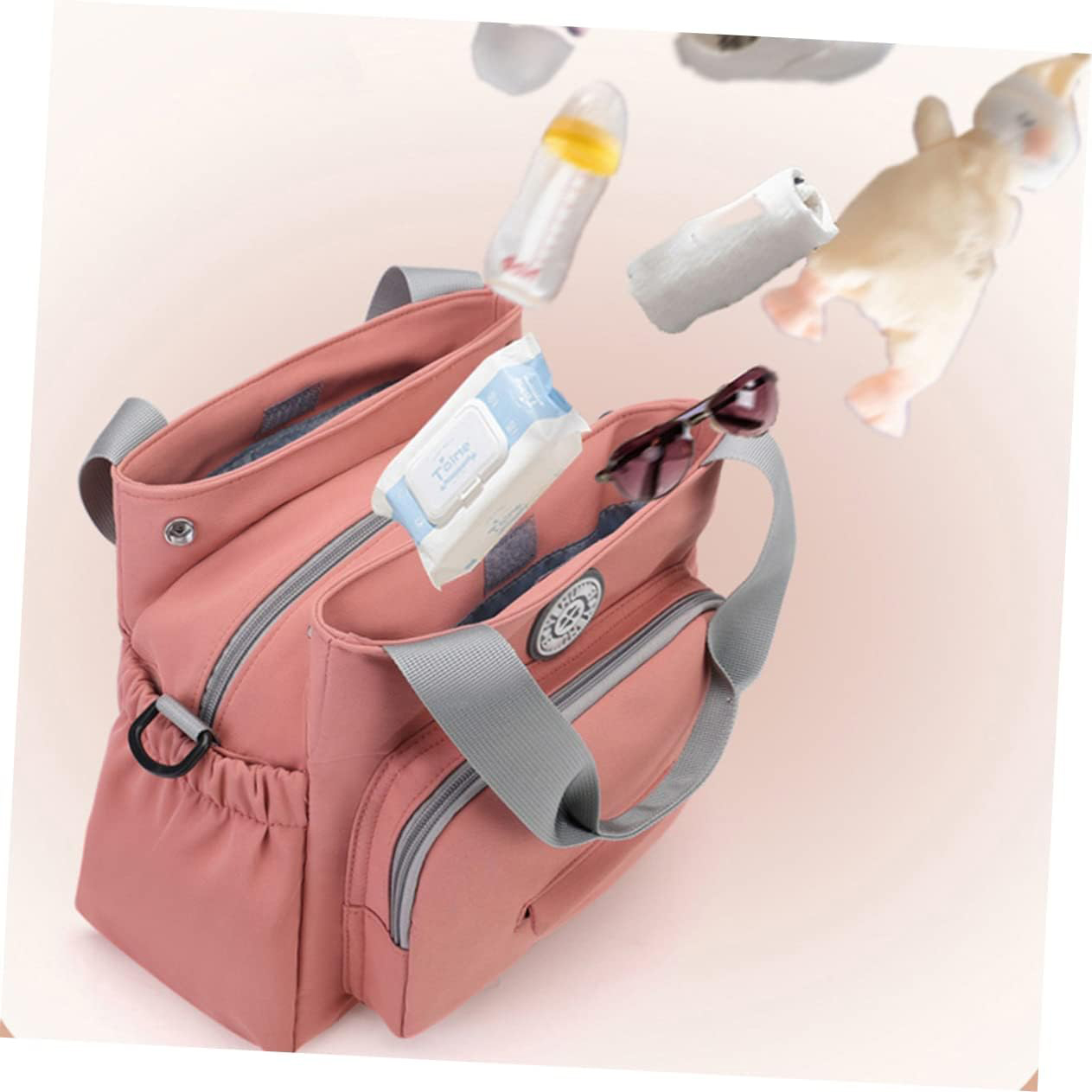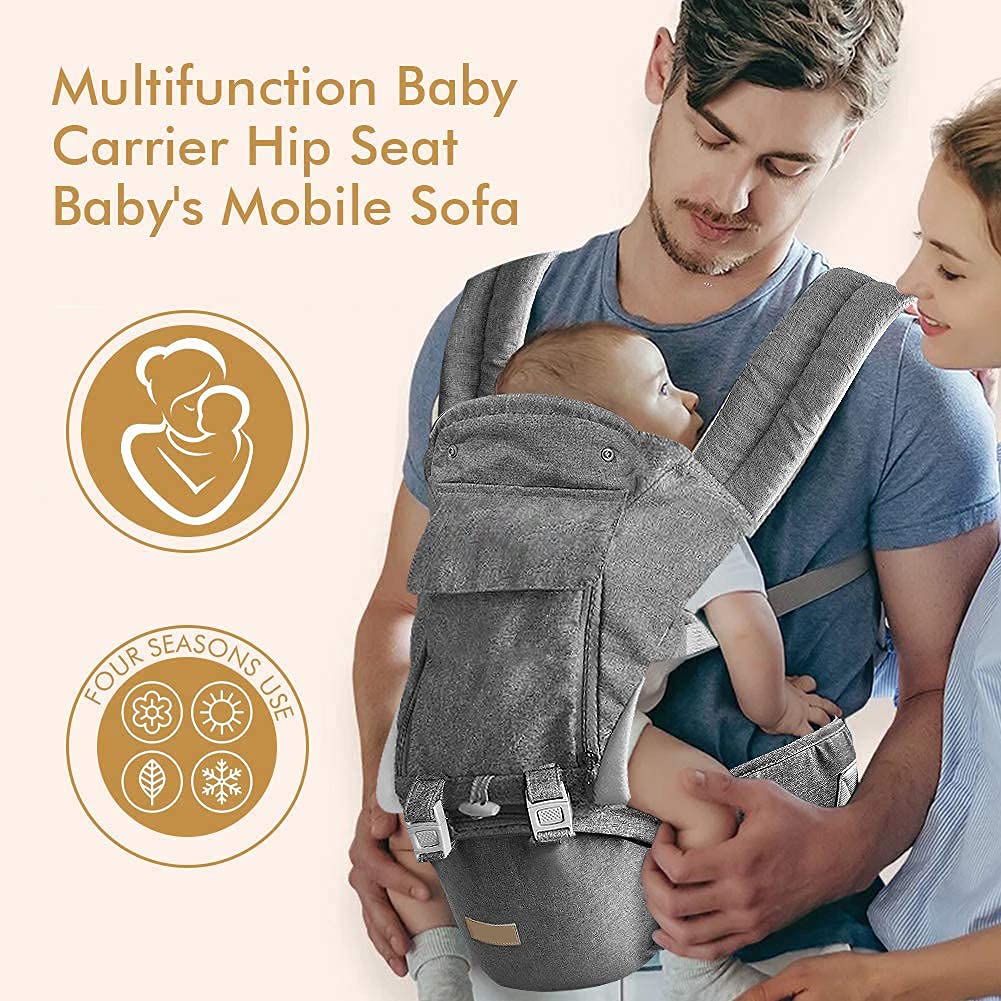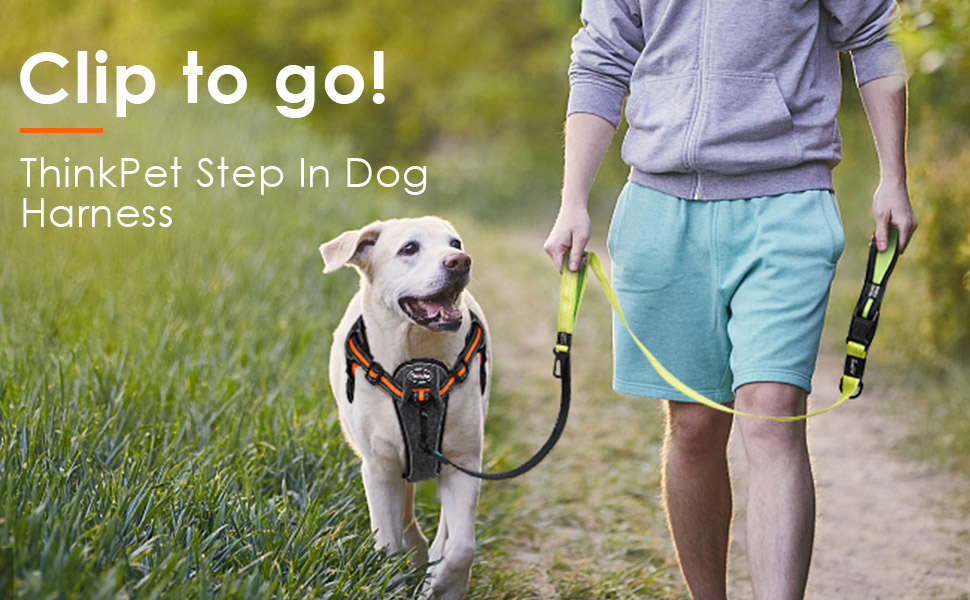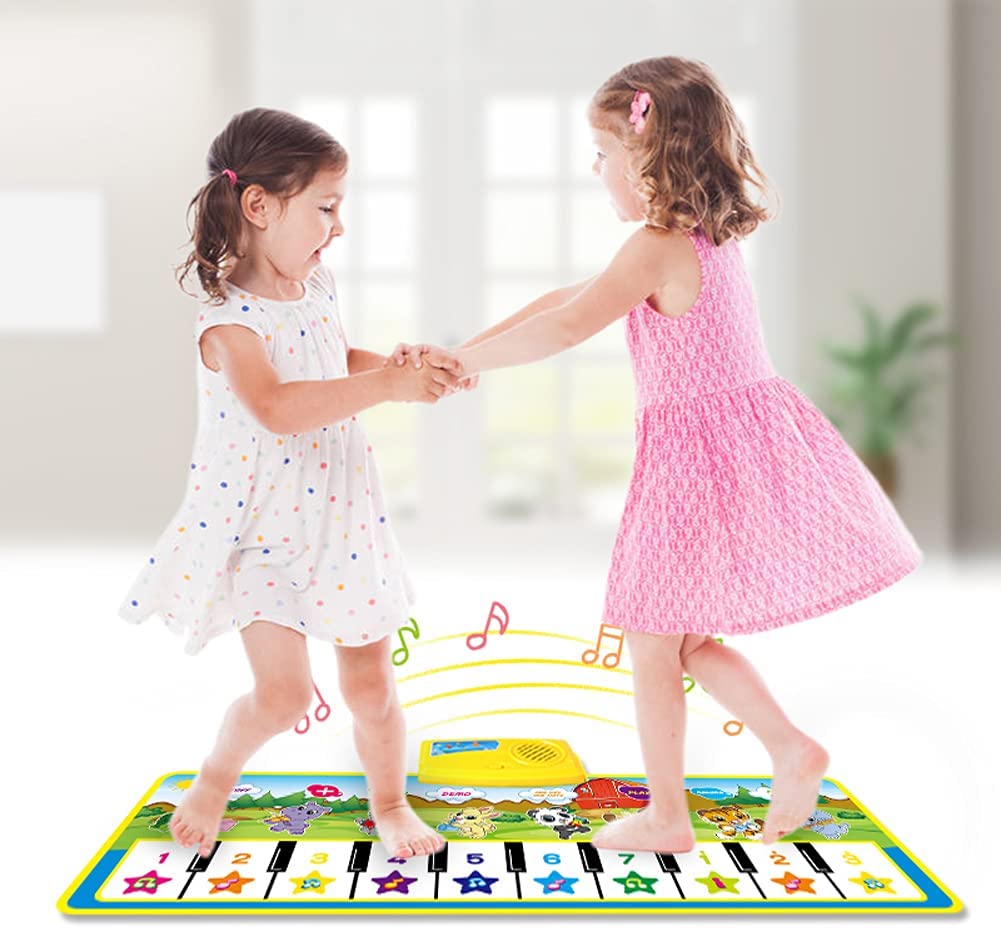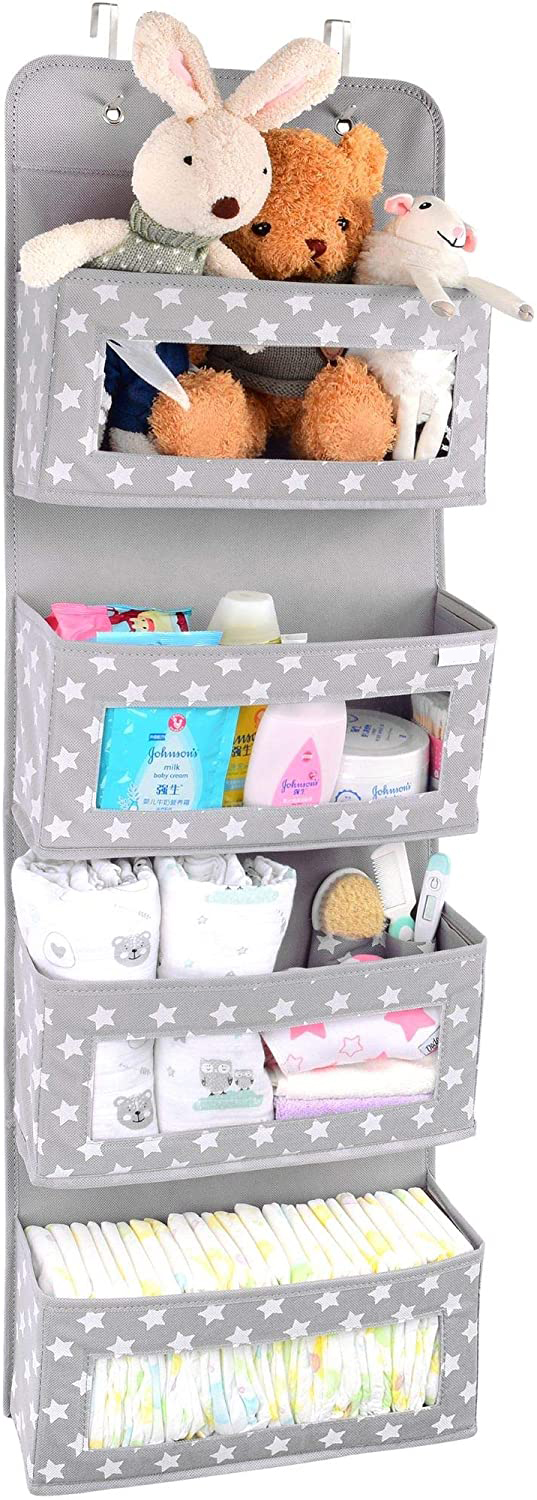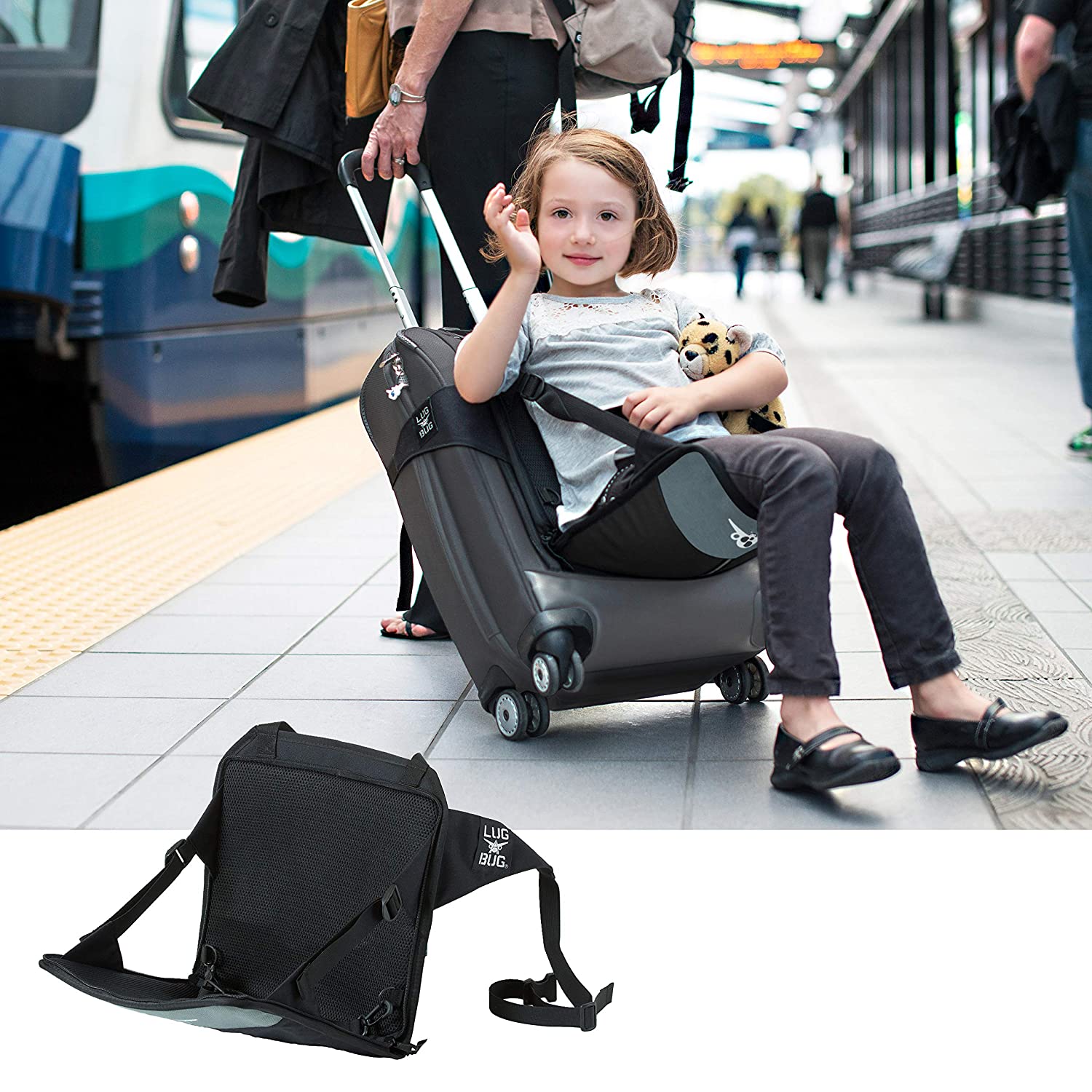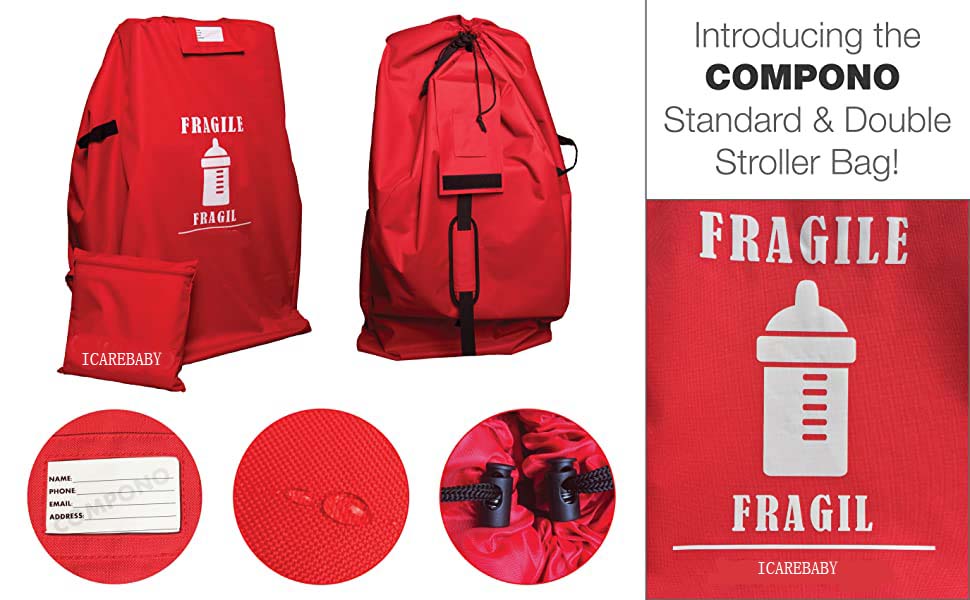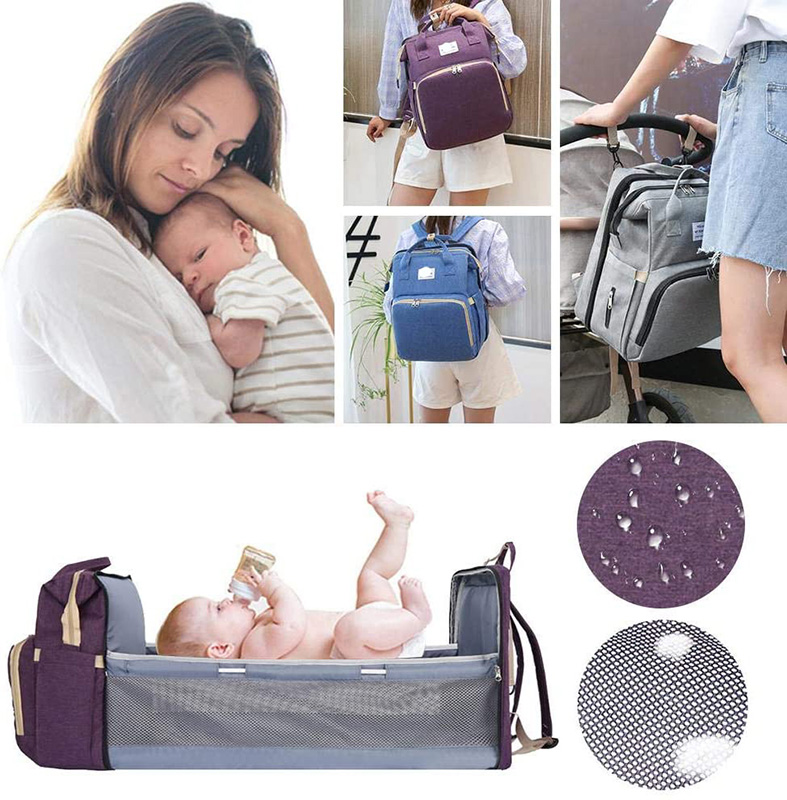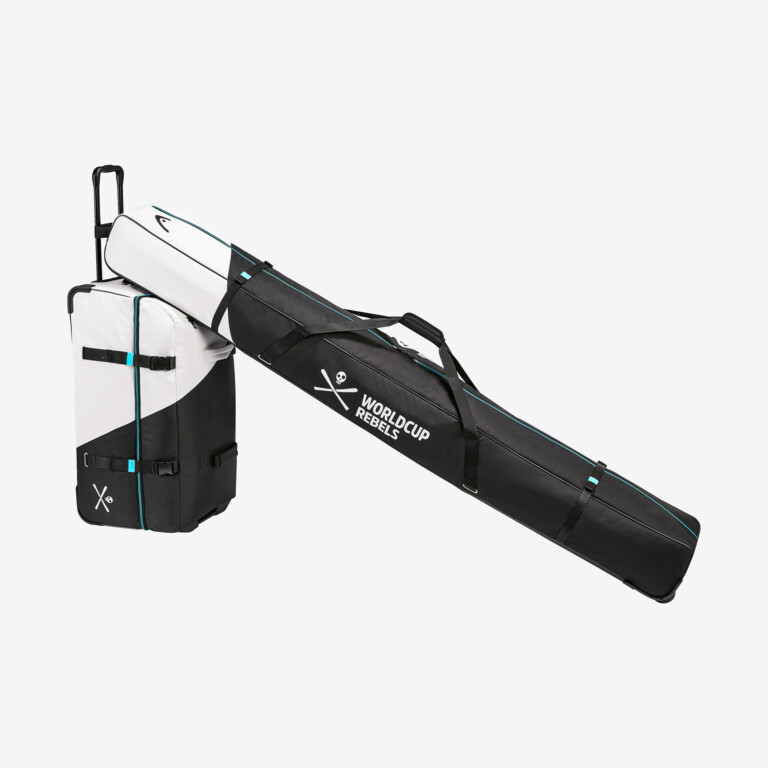

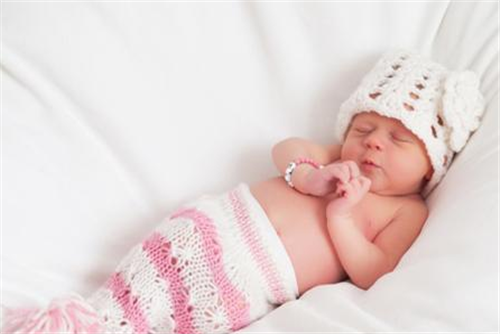
As new parents, it’s often hard to tell the difference between fact and fiction when it comes to all the baby literature out there. Even though we’ve bought all the baby goods and listened to our friends’ advice, it’s not quite enough to stop there. Because we never want to put our babies at risk by simply believing what we’re told; we should do our research first.
I’ve heard a lot of myths regarding the best sleeping positions for babies and I plan on debunking these myths right now. Hopefully what I’ve found out will help you in your own research.
We might feel safe and secure in this position as adults, but for babies, it can actually lead to Sudden Infant Death Syndrome (SIDS).
There are a few reasons for this. One is that this position increases the risk of suffocating – as increased pressure is placed on the jaw, restricting the airway and making it harder for your baby to breathe. The risk is even greater if baby is sleeping on an overly soft mattress, which he or she might sink into, without the strength to turn their heads. Which is why, to ensure maximum safety for your child, always ensure that they have a firm, supportive foundation beneath them.
Finally, sleeping on the front means your baby is closer to microbes present on the mattress; at greater risk of breathing in chemicals and bacteria that could cause harm. So, not a great idea really.
Again, what may be comfortable for adults isn’t very safe for little people. And even though the sleep-on-side position is in fact the most recommended position for pregnant women, babies should not sleep on their sides. It can also lead to SIDS because they can end up on their tummies quite easily and for the reasons mentioned above, this position should also be avoided.
The safest position for your baby is the supine position, i.e. sleeping on the back. Whether it’s for short naps or through the night, this is the position in which you should always place them. For one, it keeps the airways open (decreasing the risk of SIDS). For another, since the American Academy of Pediatrics launched their “Back to Sleep” campaign in 1994, the number of deaths from SIDS has decreased by more than 50%. And that’s a good enough reason for me!
Note: It’s recommended that babies continue to sleep on their backs throughout their first year, until SIDS no longer poses a threat. And remember, when placing your baby in this position, always remove any heavy bedding, pillows or toys under which they might roll and which could cover their face, increasing the risk of suffocation.
Well… yes, actually. There are some concerns associated with the supine position, namely that babies can develop flat heads by sleeping this way for an extended period of time. These conditions are known as “positional plagiocephaly” (which refers to a flattened or a misshapen head) and “brachycephaly” (which refers to the flattening of the back of the skull).
However, these concerns are primarily aesthetic and so should obviously not be a priority above any baby’s safety.
Still, to avoid the conditions from developing in the first place, there are a few measures you can take. For instance, you can turn your baby’s head to one side when they fall asleep, then turn it to the other side for the next sleep. You can also increase ‘tummy time’ when your baby is awake – this will also help to develop and strengthen those little neck muscles. Remember also that conditions like these will usually right themselves after a year or so and don’t require treatment. Always, always safety first!
Once your baby is settled comfortably on the back, upon a firm mattress and free from any loose bedding or toys, check for the following:
Position of feet: They should be placed at the bottom of the crib, with any bedding tucked in firmly beneath (to avoid your baby wriggling under the blankets). If you’re concerned about using bedding in the first place, consider a sleep sack instead.
Baby’s head: It should be free from anything creeping over it; if you are using a blanket, it should be tucked in beneath the armpits to avoid this risk.
Temperature: To avoid your baby overheating, keep the temperature in their room between 68-72°F, or 20-22.2°C .
Hopefully, this article sheds a little more light on the safest way for your baby to sleep. May you both have a safer, and sounder, sleep as a result!

